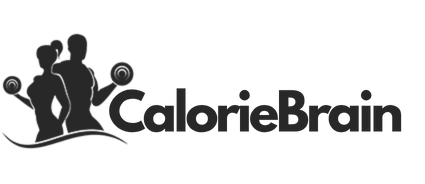Calculate the Calories Burned By Heart Rate
Burning more calories become easier with a better knowledge of the connection between the heart rate and the metabolism process.
The Fat Burning Zone
The fat-burning zone refers to a range of exercise intensity that encourages your body to use fat as its primary source of energy. While it’s a common belief that working out at lower intensities burns more fat, the full picture is more nuanced. Yes, a greater percentage of calories burned at lower intensities comes from fat—but higher intensity workouts typically burn more total calories overall, including fat and glycogen (stored carbohydrates).
Understanding how your body uses fuel during exercise can help you make smarter choices depending on your fitness goals—whether you’re aiming to burn fat, build endurance, or increase performance.
| 30 Minutes of Exercise |
Fat Calories Burned |
Glycogen Calories Burned |
Total Calories Burned |
| Low Intensity Group (50%) | 120 | 80 | 200 |
| Hight Intensity Group (75%) | 140 | 260 | 400 |
-
Low Intensity Workouts (like walking, light cycling, or steady-state cardio) are great for beginners, active recovery days, or long-duration endurance training. They promote fat metabolism and are gentler on the joints.
-
High Intensity Workouts (like running, HIIT, or circuit training) burn more total calories and can lead to greater fat loss overall, even if a smaller percentage comes from fat directly. They also promote a stronger “afterburn” effect—where your body continues burning calories post-exercise.
Which One Should You Choose?
Both approaches have their place:
If you’re just starting out or recovering from injury, low-intensity training may be safer and more sustainable.
If you’re short on time or looking to boost weight loss and fitness, high-intensity workouts offer powerful benefits.
Ultimately, consistency matters more than intensity alone. A balanced program that includes both can maximize fat burning, improve cardiovascular health, and support long-term fitness.
Pro Tips to Maximize Fat Burn
-
Train in the morning: Fasted cardio may help accelerate fat oxidation (but only if it suits your body).
-
Mix it up: Combine steady-state cardio with intervals to target both fat and glycogen.
-
Fuel wisely: Eating the right nutrients before and after exercise helps your body recover and adapt.
-
Stay hydrated: Fat metabolism requires water, so drink up!
